Search
Search Results
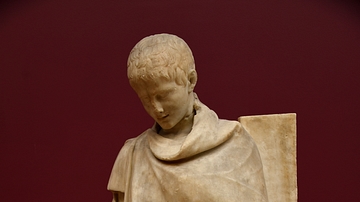
Image
Statue of an Ephebe from Tralles
This is an ephebe, a young athlete, probably around the age of 12 years. He is leaning on a long rectangular pillar; the latter would have been originally topped by a herm or some kind of a relief. He must have just finished his exercise...
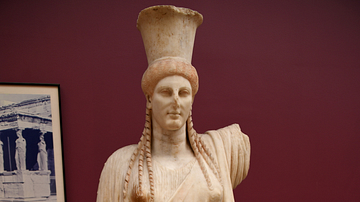
Image
Archaistic Caryatid from Tralles
Statue in the form of a Caryatid in the Archaistic Style shows a standing woman. The right arm hangs by her side and holds her himation. The left arm is raised (the distal part is now lost) as if she intends to carry the load of an architrave...

Article
An Ancient Ghost Story: Philinnion & Machates
Ghost stories have existed for thousands of years, often in similar forms and frequently dealing with the same themes, in many of the most ancient cultures. The writer H.P. Lovecraft once wrote, "As may naturally be expected of a form so...

Video
Hagia Sophia, Istanbul, 532-37
Hagia Sophia, Istanbul, 532-37 (architects: Isidore of Miletus and Anthemius of Tralles)
A conversation with Dr. Steven Zucker and Dr. Beth Harris
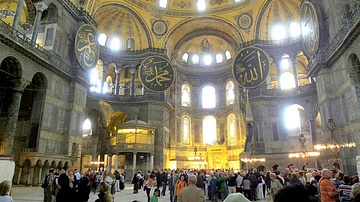
Image
Hagia Sophia, Istanbul
Hagia Sophia was built as a church by Isidore of Miletus and Anthemius of Tralles who were chosen as architects by the Byzantine Emperor Justinian. Hagia Sophia (meaning "holy wisdom") was completed in 537 BCE and was transformed into a mosque...
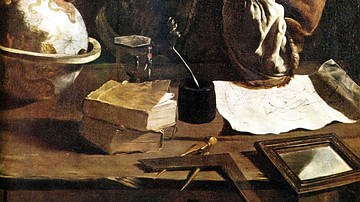
Definition
Archimedes
Archimedes (l. 287-212 BCE) was a Greek engineer and inventor who is regarded as the greatest mathematician of antiquity and one the greatest of all time. He is credited with a number of inventions still in use today (such as the Archimedes...
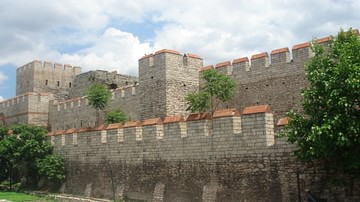
Definition
Theodosian Walls
The Theodosian Walls are the fortifications of Constantinople, capital of the Byzantine Empire, which were first built during the reign of Theodosius II (408-450 CE). Sometimes known as the Theodosian Long Walls, they built upon and extended...
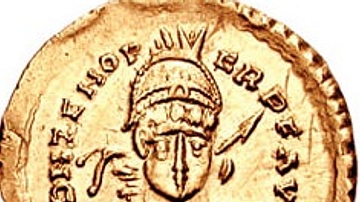
Definition
Odoacer
Odoacer (433-493 CE, reigned 476-493 CE) also known as Odovacar, Flavius Odoacer, and Flavius Odovacer, was the first king of Italy. His reign marked the end of the Roman Empire; he deposed the last emperor, Romulus Augustulus, on 4 September...
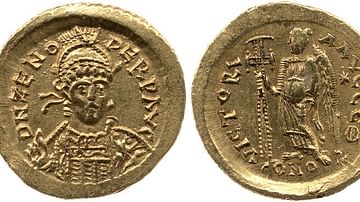
Definition
Emperor Zeno
Zeno was Byzantine emperor from 474 until 491 CE. An ethnic Isaurian, Zeno was repeatedly criticized as an outsider during his reign, which was full of rebellions and attacks by the Ostrogoths. He is best known for his failed attempt to compromise...
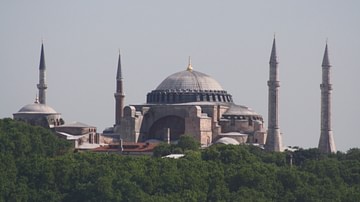
Definition
Hagia Sophia
Hagia Sophia in Istanbul, constructed 532-537, continues to be revered as one of the most important structures in the world. Hagia Sophia (Greek Ἁγία Σοφία, for 'Holy Wisdom') was designed to be the major basilica of the Byzantine Empire...